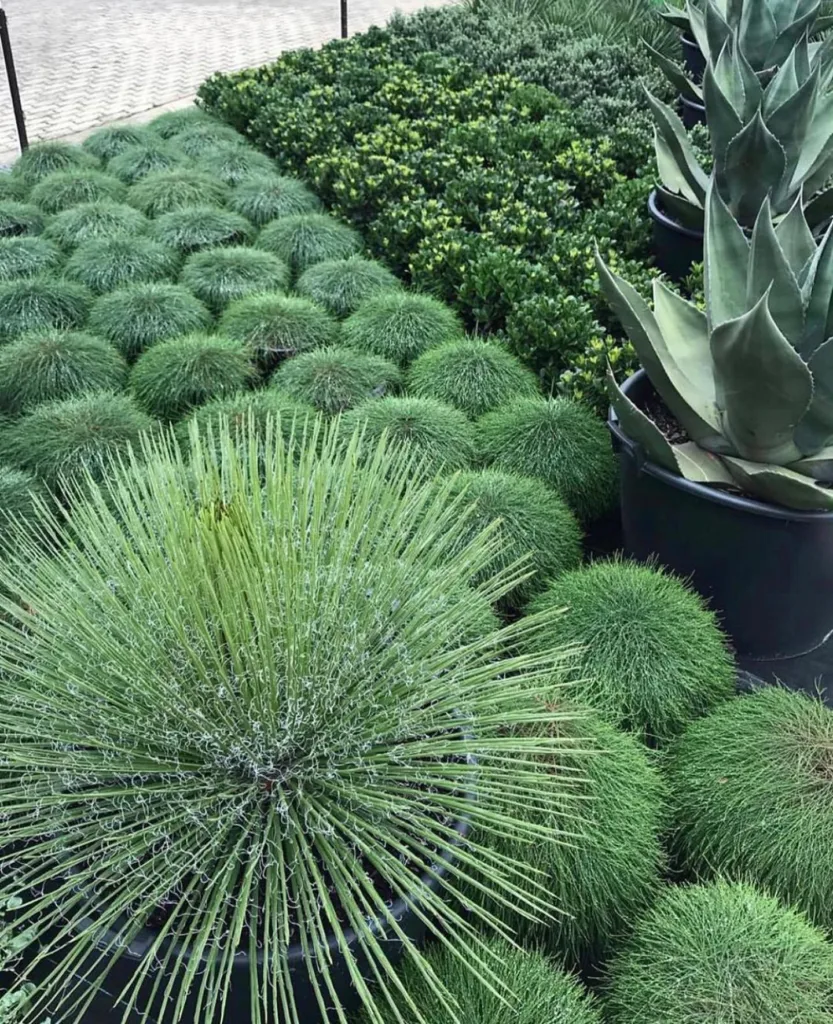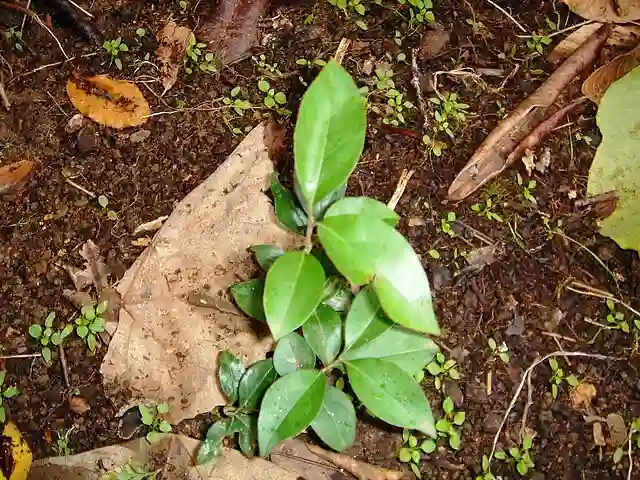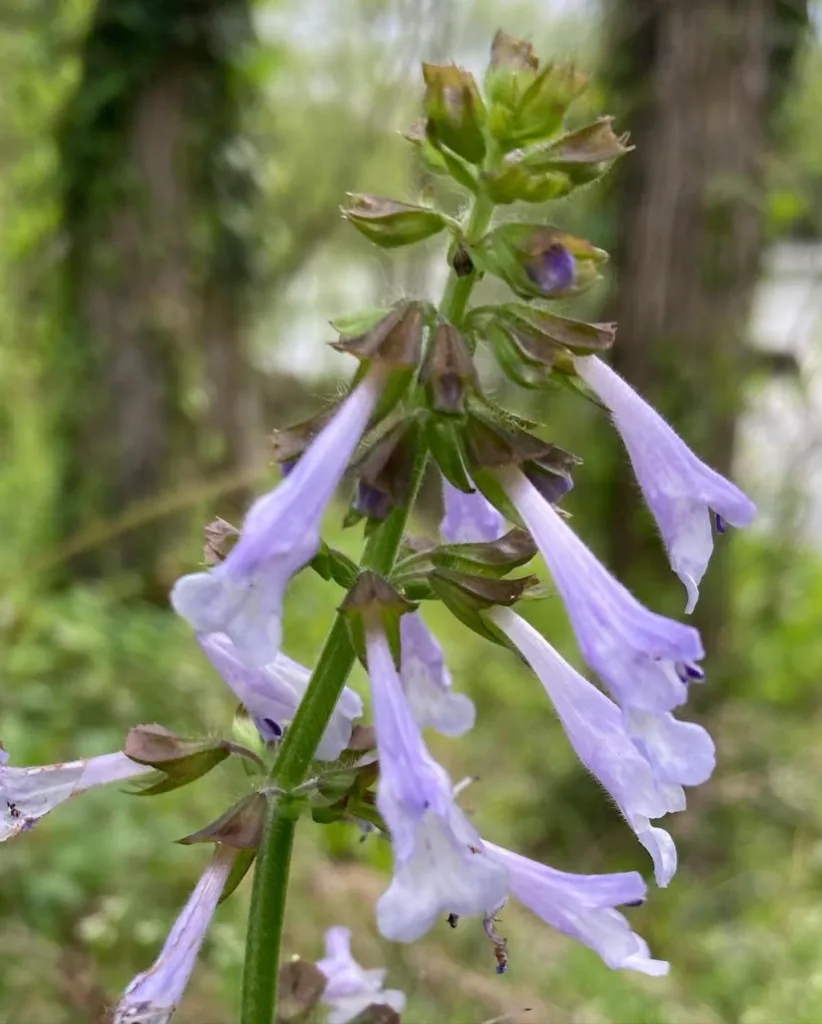Unveiling the Caryocaraceae Family: A Journey Through the Rainforest Canopy
As a botanist, I’ve always been fascinated by the intricate relationships that exist within the plant kingdom. One family that has recently captured my attention is the Caryocaraceae, a group of trees native to the tropical rainforests of Central and South America. This family is relatively small, comprising only two genera, but it boasts some of the most majestic and ecologically important trees in the Neotropics.
The Caryocaraceae: A Brief Overview
The Caryocaraceae family is characterized by its large, evergreen trees with distinctive, palmately compound leaves. The trees produce fleshy fruits that are highly prized by both humans and wildlife. The seeds of these fruits are encased in a hard, woody shell, which protects them from predators and ensures their dispersal throughout the forest. The Caryocaraceae are also known for their ecological importance, as they provide food and shelter for a wide range of animals, including monkeys, birds, and rodents.
Caryocar: The Star of the Family
The genus Caryocar is the most well-known member of the Caryocaraceae family. It comprises approximately 25 species, all of which are found in the Neotropics. Caryocar trees are known for their impressive size, with some species reaching heights of up to 50 meters. The trees have thick, buttressed trunks that provide support and stability in the often-unstable rainforest environment. The leaves of Caryocar trees are large and palmately compound, with typically five to seven leaflets. The flowers are also large and showy, with numerous stamens and a single pistil. The fruits of Caryocar trees are perhaps their most distinctive feature. They are large, fleshy, and typically contain one to four seeds. The seeds are encased in a hard, woody shell that is difficult to crack. The fruits are a valuable source of food for both humans and wildlife, and they are also used in traditional medicine.
Anthodiscus: The Lesser-Known Genus
The genus Anthodiscus is the lesser-known member of the Caryocaraceae family. It comprises only three species, all of which are found in the Amazon rainforest. Anthodiscus trees are similar in appearance to Caryocar trees, but they are generally smaller in size. The leaves of Anthodiscus trees are also palmately compound, but they typically have three to five leaflets. The flowers are small and inconspicuous, and the fruits are also small and fleshy. Anthodiscus trees are not as well-known as Caryocar trees, but they are still an important part of the Amazon rainforest ecosystem.
The Ecological Importance of the Caryocaraceae
The Caryocaraceae family plays a vital role in the Neotropical rainforest ecosystem. The trees provide food and shelter for a wide range of animals, including monkeys, birds, rodents, and insects. The fruits of Caryocar trees are particularly important, as they are a valuable source of food for many animals during the dry season when other food sources are scarce. The Caryocaraceae also play a role in maintaining the health of the rainforest ecosystem. The trees help to regulate the water cycle by absorbing and releasing water into the atmosphere. They also help to prevent soil erosion by anchoring the soil with their roots.
The Caryocaraceae and Humans
The Caryocaraceae family has a long history of use by humans. The fruits of Caryocar trees have been eaten by indigenous peoples for centuries, and they are still an important part of the diet in many parts of the Neotropics. The seeds of Caryocar fruits are also used to make a variety of products, including oil, soap, and candles. The wood of Caryocar trees is strong and durable, and it is used for construction, furniture, and other purposes. The Caryocaraceae also have a number of medicinal uses. The bark, leaves, and fruits of Caryocar trees are used to treat a variety of ailments, including fever, diarrhea, and skin infections.
The Future of the Caryocaraceae
The Caryocaraceae family faces a number of threats, including deforestation, habitat loss, and climate change. As the Neotropical rainforests continue to shrink, the Caryocaraceae are losing their habitat. This is having a negative impact on the populations of these trees, as well as the animals that depend on them. Climate change is also a threat to the Caryocaraceae. As temperatures rise and rainfall patterns change, the Caryocaraceae may be unable to adapt to the new conditions. This could lead to further declines in their populations.
Conservation Efforts
A number of conservation efforts are underway to protect the Caryocaraceae family. These efforts include the establishment of protected areas, the promotion of sustainable forestry practices, and the development of alternative livelihoods for people who depend on the rainforest for their income. These efforts are essential to ensure the survival of the Caryocaraceae and the many other species that depend on them.
Conclusion
The Caryocaraceae family is a fascinating and ecologically important group of trees. These trees play a vital role in the Neotropical rainforest ecosystem, providing food and shelter for a wide range of animals. The Caryocaraceae also have a long history of use by humans, and they continue to be an important part of the culture and economy in many parts of the Neotropics. However, the Caryocaraceae are facing a number of threats, and conservation efforts are essential to ensure their survival. By protecting the Caryocaraceae, we are also protecting the many other species that depend on them, and we are helping to ensure the health of the Neotropical rainforests for generations to come.
If i die, water my plants!



